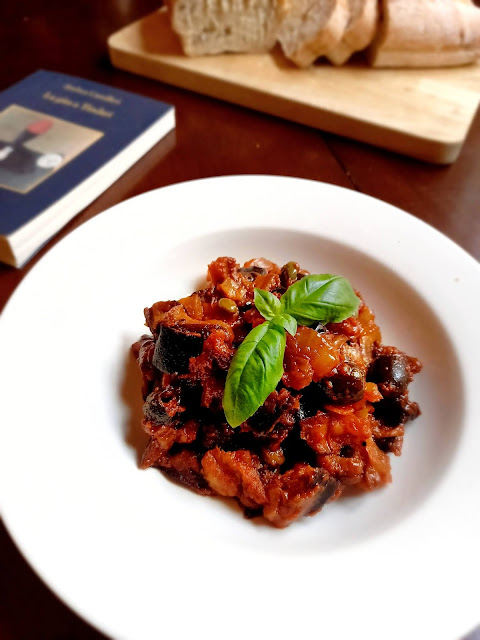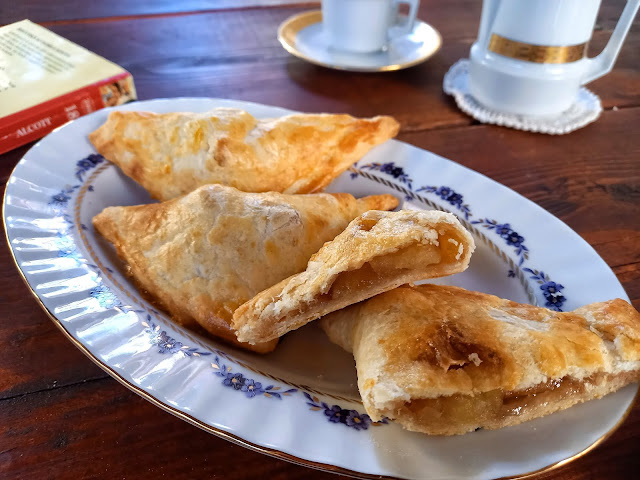“Herald, read the accusation!” said the King.
On this the White Rabbit blew three blasts on the trumpet, and then unrolled the parchment scroll, and read as follows:—
“The Queen of Hearts, she made some tarts,
All on a summer day:
The Knave of Hearts, he stole those tarts,
And took them quite away!”
Have you ever stopped to count all the food that Alice encounters in her Wonderland adventures? Tea, bread and butter, mysterious cookies and potions, magic mushrooms... Everywhere she ends up there's something to taste, granted that someone will always pay the consequences, and this time the repercussions of an eaten - or stolen - meal are incredibly serious. But did you know that this poem at the beginning of the chapter, introducing the absurd trial and its delirious testimonies, was actually a nursery rhyme by an anonymous author, published in the European Magazine in 1782? The nursery rhyme, thankfully, had a happy ending with the Knave of Hearts giving back the tarts to their rightful owner without losing his head!
But what would the Queen of Heart's tarts taste like?
Let's go back to 1865, the year Alice's Adventures in Wonderland was published. At that time, the word "tart" didn't have the same connotation as today: now, the first kinds that come to mind are sweet, dessert type of pastries. But in the 1800s tart was just any baked dish consisting of a filling over a pastry base, with an open top not covered with pastry, usually savory. Custards in pastry containing meat, fish, fruit or jam were a staple of Victorian English cuisine. Two of the most famous sweet versions of this dish were the Epiphany tarts (very intricate jam pastries) and the Manchester tarts (filled with a custard made with bread crumbs). The original Manchester tart is a variation on an earlier recipe, the Manchester pudding, which was first recorded by the Victorian cookery writer Mrs Beeton.
When I think of Alice in Wonderland, though, my mind goes straight to the Mad Hatter and March Hare's tea party and I wonder whether the Queen's tarts would have looked good on their table, between all the teapots and teacups. So my version of those tea party delicatessen would be very simple sweet vanilla custard tarts, with fresh fruit. Let's make them!
Ingredients:
For the crust:
160 gr all-purpose flour
125 gr unsalted butter, cold, cut into small pieces
3 tablespoons ice water
1/2 teaspoon lemon zest
For the Custard:
100 gr granulated sugar
70 gr all-purpose flour
a pinch of fine salt
500ml whole milk
2 large egg yolks
2 tablespoons unsalted butter, cut into small pieces
1 1/2 teaspoons vanilla extract or fresh vanilla seeds

















